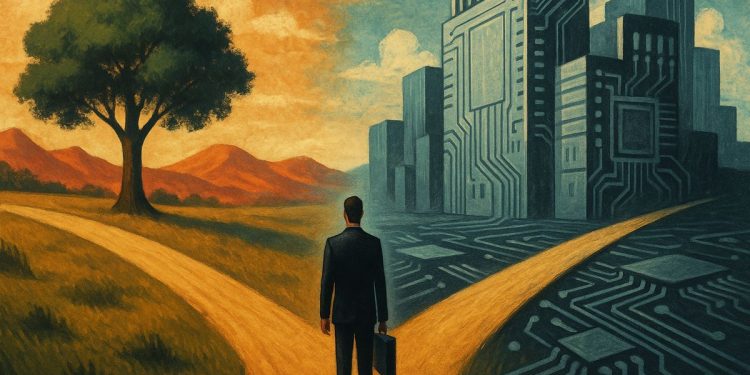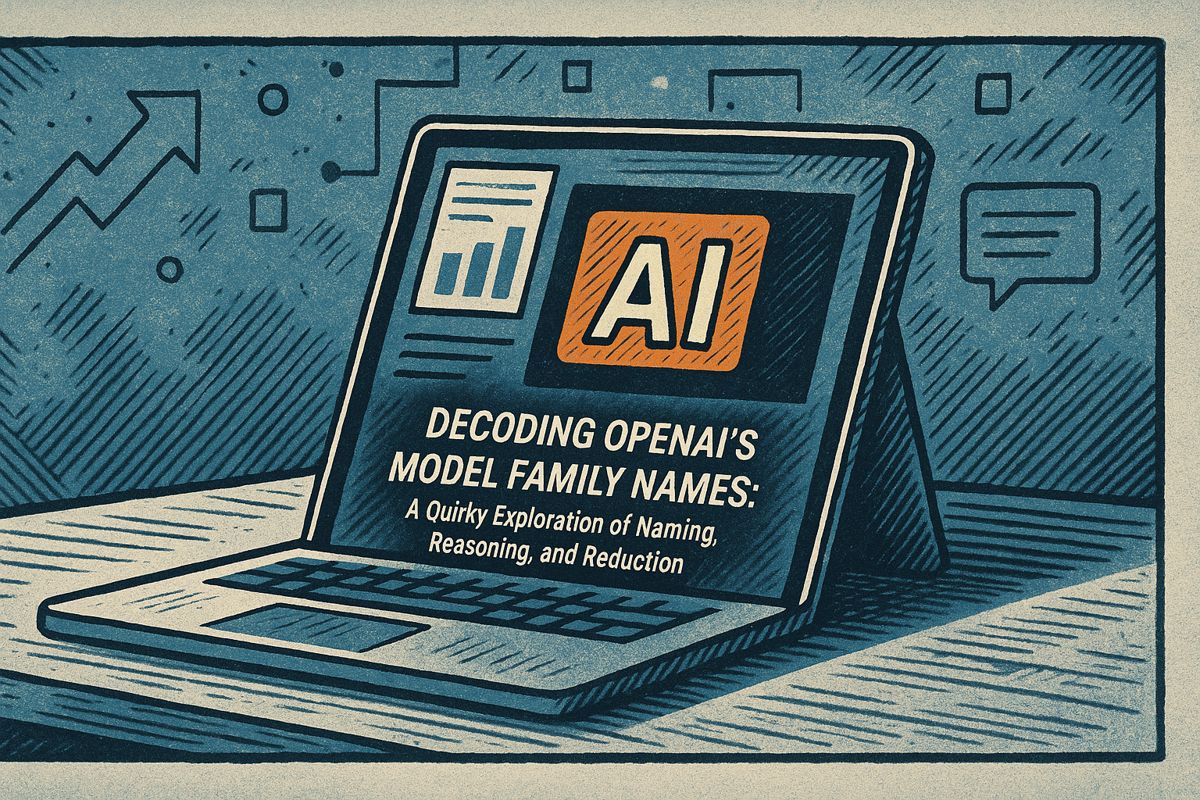Adam Selipsky’s main advice for thriving in the world of AI is simple: be adaptable. At AWS, he made sure everyone kept learning, tried new AI tools, and changed quickly when needed. This mindset sped up projects and kept careers alive, even as the AI world changed fast. Even after leaving AWS, Selipsky’s playbook helps the company stay ahead, proving that those who learn and adapt quickly will succeed.
What is Adam Selipsky’s key advice for thriving in the rapidly evolving AI era?
Adam Selipsky’s core advice is to be adaptable. At AWS, this meant embedding adaptability into culture, leadership principles, and daily practices – encouraging constant learning, regular experimentation with AI tools, and swift iteration. Professionals adopting this mindset see faster project delivery and sustained career relevance.
Adam Selipsky left the AWS corner office in June 2024, yet the single piece of advice he keeps repeating – “be adaptable” – is proving more valuable than ever. In the twelve months since his departure, the generative AI market has swollen past $25.6 billion and AWS itself is on an annual run-rate of $117 billion in cloud revenue. The numbers are moving so fast that even Selipsky’s own teenager, who received the original counsel, has watched the landscape change twice already.
From Parental Advice to Boardroom Practice
Inside AWS, Selipsky’s “adaptability mantra” was embedded in a doctrine he called the Flexible Stack.
– 16 leadership principles – unchanged since Amazon’s earliest years – were re-interpreted: “Learn and Be Curious” became daily experiments with new models in Bedrock’s model garden.
– Quarterly OKRs explicitly tied team bonuses to the number of new tools tested, not just deployed.
– The company ran a two-day internal hackathon each quarter where every employee – from finance to facilities – had to ship a working GenAI prototype.
That culture remains the backbone of AWS even after Matt Garman took the reins. In 2025, Garman doubled AWS investment in custom silicon (Trainium, Inferentia) and pushed out three new Nova foundation models – all decisions traced to Selipsky-era “adapt fast” playbooks that Garman kept on his desk.
How Professionals Are Translating the Advice
Selipsky never reserved the message for senior engineers. His practical playbook for individual contributors looks deceptively simple:
| Skill Area | 2024 Benchmark | 2025 Tactic |
|---|---|---|
| AI Literacy | Completed 2 online courses | Weekly prompt-engineering tournaments |
| Data Fluency | Used SQL daily | Runs Retrieval-Augmented Generation proofs |
| Brand Advocacy | Posted once on LinkedIn | Hosts internal brown-bag demos every sprint |
Teams that adopted the regimen report 28 % faster project iteration velocity, according to an internal survey leaked to SiliconANGLE.
AWS Under Garman: Same Guidance, Sharper Tactics
Selipsky’s full-stack vision – “offer every model, every chip, every framework” – is now AWS’s primary competitive edge. Under Garman:
- Bedrock AgentCore (launched July 2025) lets any developer deploy AI agents with memory and identity baked in, shrinking a six-week build to a weekend project.
- AWS AI League upskilled 60,000 engineers in six months through guided competitions.
- Open-source Nova models are free to test, but fine-tuning charges start only when you move to production – a pricing model Selipsky sketched on a whiteboard months before he left.
The market result: AWS still trails Microsoft Azure in pure GenAI traction, but its $29.3 billion Q1 2025 revenue outranks Azure’s $26.8 billion, and Google Cloud’s $12.3 billion is rising fastest at 28 % YoY. Analyst house IoT Analytics calls AWS the “quiet infrastructure champion” while crediting early cultural groundwork laid during Selipsky’s tenure.
Fast-Forward Snapshot
Adam Selipsky today sits on the Circle Internet Group Board (appointed July 2025), advising stablecoin market strategy. Circle’s main product – a digital dollar used by 100,000 AWS customers for global payouts – is yet another example of how quickly yesterday’s experiment becomes today’s business reality.
For professionals, the takeaway is unchanged: the half-life of any AI skill set is shrinking. The people who treat that pressure as a feature, not a bug, are the ones turning Selipsky’s fatherly advice into career insurance.
What is the single most important skill professionals need for the AI era according to Adam Selipsky?
Adaptability is the undisputed top skill. Selipsky told his own teenager that the ability to continuously adjust to new technologies, models and business realities is more valuable than any specific technical credential. In his words, “the only constant is change, and those who embrace that will thrive.”
How has AWS’s AI strategy evolved since Selipsky’s departure in mid-2024?
Under new CEO Matt Garman, AWS has doubled down on what Selipsky started but taken it further:
– Amazon Bedrock AgentCore now enables secure deployment of AI agents at enterprise scale
– Amazon Nova foundation models offer unprecedented customization through SageMaker AI
– Custom silicon investments (Trainium, Inferentia chips) have intensified, delivering up to 40% better price-performance for AI workloads
– The focus has shifted from just offering tools to providing complete responsible AI solutions with 99% verification accuracy
What practical steps can professionals take to become “brand ambassadors” in their organizations?
Selipsky’s playbook emphasizes three key actions:
1. Live the values – actively demonstrate your company’s principles in AI projects
2. Drive innovation – experiment with new tools and share learnings across teams
3. Share success stories – both internally and externally, positioning yourself and your organization as AI leaders
The AWS AI League program illustrates this perfectly – combining competition with hands-on learning to create 100,000+ brand ambassadors among AWS customers.
How is the competitive landscape shifting in cloud AI services as of 2025?
The market has become a three-horse race with distinct advantages:
– Microsoft Azure leads with 33% growth and deep OpenAI integration
– AWS maintains $117B annual run rate while rapidly expanding generative AI offerings
– Google Cloud shows 28% growth, the fastest among major players, through aggressive partnerships
What’s changed since Selipsky’s era is that choice and flexibility have become key differentiators – exactly what he predicted when advocating for multi-model approaches.
What are the biggest AI infrastructure trends professionals should watch?
Three developments are reshaping the landscape:
1. Custom silicon dominance – AWS’s investment in Trainium and Inferentia chips is delivering significant cost advantages
2. Hybrid AI solutions – combining cloud and edge processing for optimal performance
3. Agentic AI platforms – moving from simple chatbots to autonomous AI agents handling complex workflows
The generative AI market has exploded to $25.6 billion in 2024, with AWS, Microsoft and Google capturing over 75% of enterprise AI workloads.



















